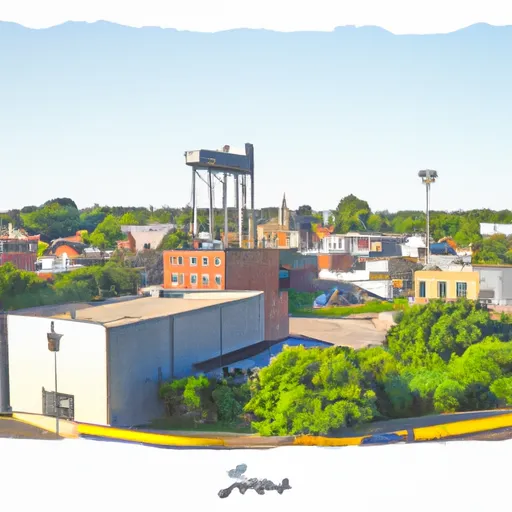°F
°F
mph
Windspeed
%
Humidity











Wever is a small town located in Lee County, Iowa. It experiences a humid continental climate, characterized by warm summers and cold winters. Average temperatures range from around 20°F (-6°C) in winter to 85°F (29°C) in summer. Precipitation is evenly distributed throughout the year, with an average of 35 inches (89 cm) annually.
Hydrologically, Wever is situated near the Mississippi River, which borders the eastern side of the town. The river provides opportunities for fishing, boating, and other water-related activities. Additionally, there are several creeks and streams in the area, creating scenic landscapes and potential spots for hiking or picnicking.
Outdoor recreation enthusiasts can explore the nearby Lacey-Keosauqua State Park, which offers camping, hiking, fishing, and wildlife observation. Geode State Park is another nearby attraction renowned for its geode beds and fossil hunting opportunities. Furthermore, the area boasts ample opportunities for hunting, with deer, turkey, and waterfowl being popular game species.
Overall, Wever, Iowa offers a pleasant climate, diverse hydrology constituents, and numerous outdoor recreation opportunities, making it an appealing destination for nature lovers and outdoor enthusiasts.
Weather Forecast
Wever receives approximately 984mm of rain per year, with humidity levels near 83% and air temperatures averaging around 12°C. Wever has a plant hardyness factor of 5, meaning plants and agriculture in this region thrive during a short period during spring and early summer. Most plants will die off during the colder winter months.
Regional Streamflow Levels
3,010
Cubic Feet Per Second
48,600
Cubic Feet Per Second
45,000
Cubic Feet Per Second
386
Cubic Feet Per Second
Nearby Camping
| Camping Area | Reservations | Toilets | Showers |
|---|---|---|---|
| Oak Grove City Park | |||
| Pendleton Bend | |||
| Warfield Point Park | |||
| Chicot County RV Park | |||
| Grand Gulf Military Park | |||
| Lake Bruin State Park |



